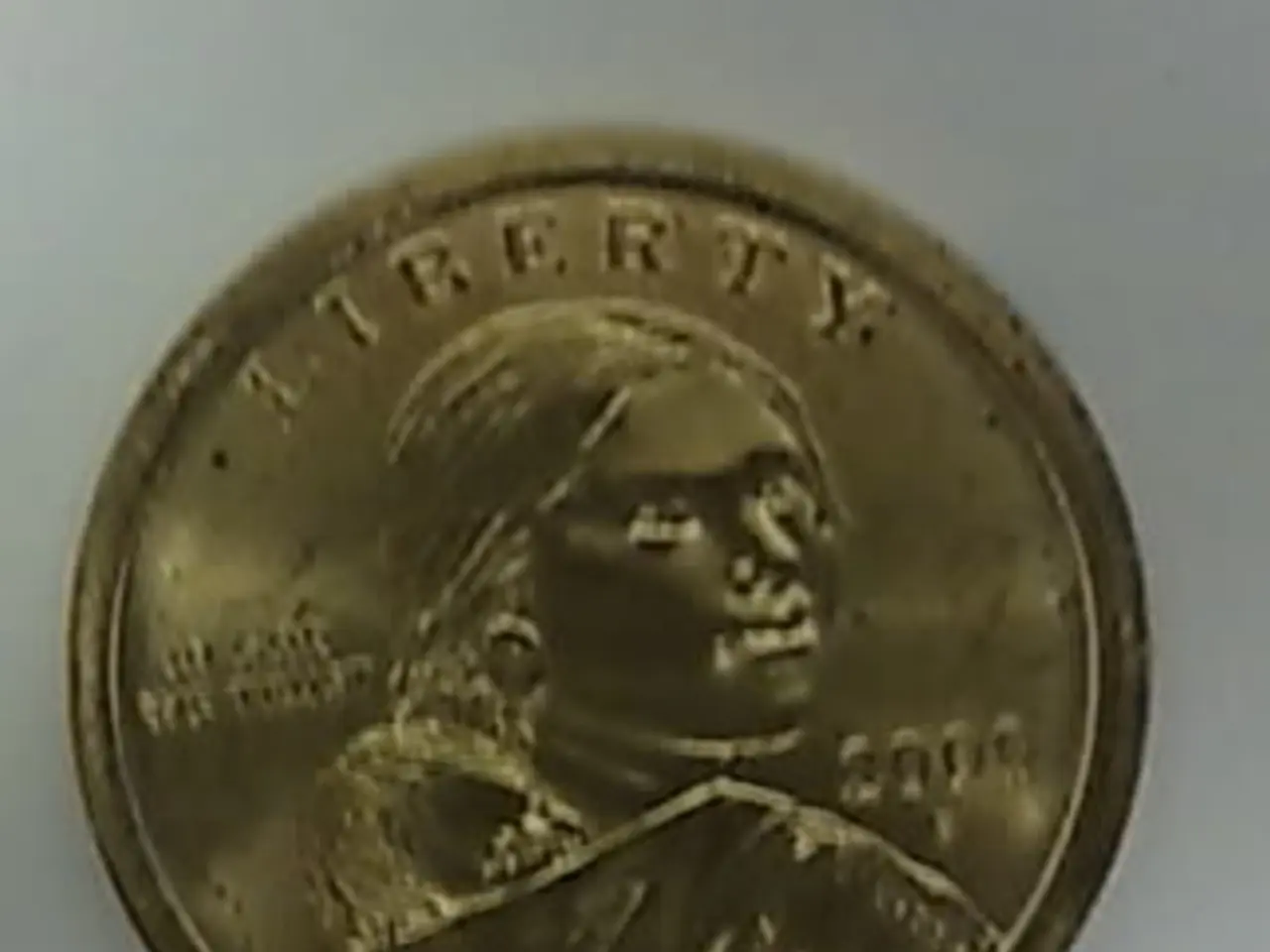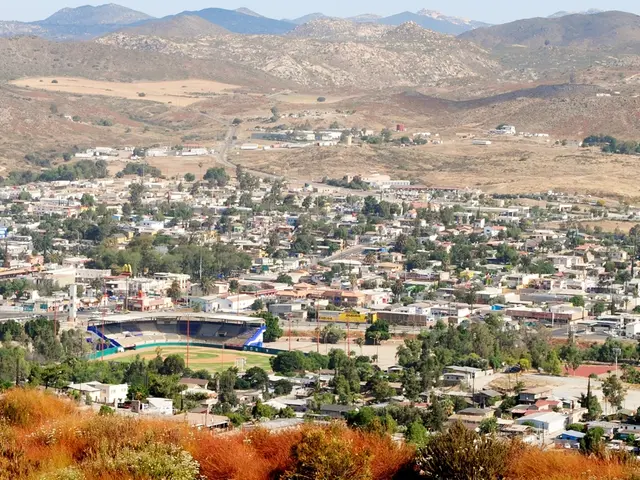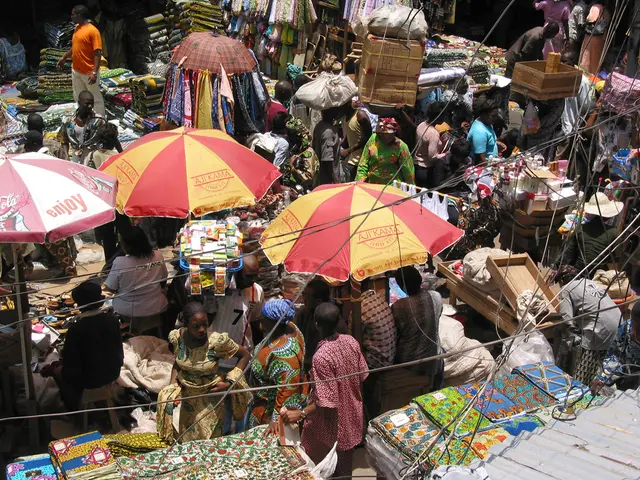Gold's value may not always be prized equally
In the world of precious metals, gold, silver, and platinum are three key players. However, their roles and market dynamics differ significantly.
All analysts concur that silver and platinum will exhibit more volatility than gold, primarily due to their industrial component. This dependence on the real sector of the global economy means that their prices are closely tied to industrial demand, hindering them from replacing gold as a reserve asset.
Despite their volatility, silver and platinum have started to react to sectoral trends, such as the growth in demand for solar panels or changes in the automotive industry. This dynamic lessens their tie to gold.
In 2011, gold reached a peak of $1924 per troy ounce, and silver reached a peak of $49.82 per troy ounce. Since then, the prices of these metals have experienced significant fluctuations.
Silver production is approximately 7 times greater than that of gold, with 843 million ounces of silver produced in 2024 compared to 118 million ounces of gold. Primary silver production accounts for only 26% of the total supply, with the rest being a byproduct of copper, lead-zinc, and gold mines.
Alexander Potavin believes that current prices for gold, silver, and platinum are too high relative to their historical averages, but this doesn't mean that their quotes can't be even higher at the beginning of 2026.
The World Gold Council has noted that the price of gold is rising largely due to investment demand, including from global central banks. Silver demand is increasing due to the popularity of 'green' agendas and the transition to solar energy, where silver is a crucial component. The development of microelectronics also boosts silver consumption.
Platinum production is around 5.5 million ounces per year, with over half of all production concentrated in South Africa. This makes it difficult for other countries to cover production shortfalls even if they increase production.
Vladimir Chernov predicts that platinum has even greater growth potential, around 15-25%, considering the expected supply deficit and the automotive industry's revival. He also predicts that silver could gain around 10-20% due to sustained demand from solar energy and electronics, with its investment appeal strengthening due to expected Fed rate cuts and dollar weakness.
As of 16 September 2025, gold was trading at $3732 per ounce, silver was at $43.15, and platinum was at $1412 per ounce. Nikolai Maslikov predicts that the average price of silver in 2025 and 2026 will be $40, and for platinum, $975 in 2025 and $999 in 2026.
In the second quarter of 2025, global central banks bought 166t of gold, gold-backed ETFs bought another 170t, and 300t was bought in bars and coins. Gold has appreciated by 41% from the beginning of the year to September 16, 2025.
In 2020, during the COVID-19 crisis and a period of global economic money printing, gold reached new records. From 2011 to 2025, the prices of gold, silver, and platinum have experienced significant fluctuations.
It's important to note that Mexico and Peru are the main producers of silver capable of partially covering current deficits if demand conditions improve. For platinum, although not explicitly detailed, the largest producers globally are typically South Africa and Russia, which can adjust supply based on market needs.
Gold is traditionally used as a protective asset due to its inverse correlation with traditional financial instruments. However, this inverse dependence is less pronounced in platinum and silver, and their higher volatility is due to their lower capitalization.
In conclusion, while gold, silver, and platinum share some similarities, their unique industrial and investment roles, production dynamics, and demand drivers make them distinct investments in the precious metals market.
Read also:
- Potential Consequences of Dismantling FEMA Vary Across States
- Railway line in Bavaria threatened by unstable slope - extensive construction site at risk
- Wind Farm Controversy on the Boundary of Laois and Kilkenny
- Puerto Rico's Climate Lawfare Campaign experiences another setback with the dismissal of its deals.




